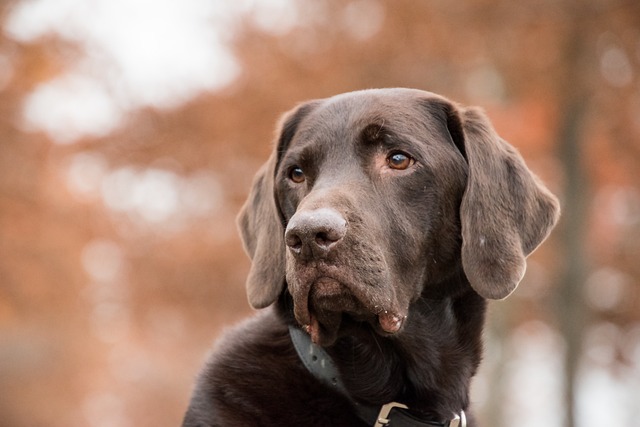
How can I tell if my dog's heatstroke is serious
Let’s be real: It’s a sticky August morning in Los Angeles, and you took your 2-year-old Golden Retriever, Max, for a walk a little later than usual
Brushing your dog’s teeth might seem like a daunting task, but it’s the cornerstone of maintaining their oral health. Just like us, dogs can develop plaque, tartar, and gum disease if their teeth aren’t properly cared for. The ideal routine involves brushing at least three times a week, though daily brushing is even better. Use a soft-bristled toothbrush specifically designed for dogs—human toothbrushes can be too harsh on their sensitive gums. Pair it with a dog-friendly toothpaste; never use human toothpaste as it contains fluoride, which can be toxic to dogs.
Start slowly if your dog isn’t used to tooth brushing. Let them sniff the toothbrush and toothpaste first, then gently rub their gums with your finger. Gradually introduce the toothbrush, focusing on the outer surfaces of the teeth where plaque builds up most. Be patient and reward them with treats and praise throughout the process. Over time, your dog will get used to it, and it’ll become a normal part of their routine.
In addition to brushing, dental chews and treats can play a significant role in your dog’s oral hygiene. Look for products that carry the Veterinary Oral Health Council (VOHC) seal, as these have been proven effective in reducing plaque and tartar. But remember, treats should supplement your brushing routine, not replace it. They’re great for keeping your dog’s teeth clean between brushings, especially if you can’t brush daily.
 Dental toys are another excellent addition to your dog’s oral care. Rubber toys designed for chewing help scrub away plaque as your dog plays. When choosing toys, make sure they’re the right size for your dog to prevent choking hazards. Toys that are too small can pose a serious risk, and it’s crucial to follow local pet safety regulations regarding toy sizes and materials.
Dental toys are another excellent addition to your dog’s oral care. Rubber toys designed for chewing help scrub away plaque as your dog plays. When choosing toys, make sure they’re the right size for your dog to prevent choking hazards. Toys that are too small can pose a serious risk, and it’s crucial to follow local pet safety regulations regarding toy sizes and materials.
Regular veterinary check-ups are non-negotiable for maintaining your dog’s dental health. Your vet can detect early signs of dental problems that you might miss at home. They may recommend professional cleanings under anesthesia, especially if your dog has significant tartar buildup or gum disease. In many areas, professional pet dental services must comply with strict regulations, so choose a licensed and reputable veterinary clinic.
Diet also affects your dog’s oral health. Dry kibble can help reduce plaque compared to wet food, as the chewing action helps scrape teeth. However, this isn’t a substitute for brushing. Some pet food brands formulate diets specifically for dental health, which can be a great option if your dog struggles with brushing. But always consult your vet before making any major changes to your dog’s diet to ensure it meets all their nutritional needs.
Finally, be aware of the signs of dental issues in your dog, such as bad breath, excessive drooling, pawing at the mouth, or difficulty eating. If you notice any of these symptoms, schedule a vet appointment immediately. Early intervention can prevent more serious problems down the line and save you from costly dental procedures. Taking care of your dog’s teeth isn’t just about keeping their breath fresh—it’s about ensuring they live a long, healthy, and pain-free life.

Let’s be real: It’s a sticky August morning in Los Angeles, and you took your 2-year-old Golden Retriever, Max, for a walk a little later than usual

You're enjoying a summer afternoon at the park when you notice your dog has stopped panting and appears disoriented - their gums are bright red

Let’s paint the picture: You’re in your Denver apartment, watching your 4-year-old Boston Terrier, Ruby, plop down mid-play session with her favorite toy

Many dog owners notice their pets nails seem shorter after regular walks,but how much does this daily activity actually help?The answer depends on where you walk—concrete sidewalks or asphalt streets gently file nails as a dog's paws hit the ground

Most dog owners notice their pup scooting across the carpet at some point, but few connect it to impacted anal glands. These small sacs near a dog’s rectum secrete a scent for marking territory

Most vets agree that regular dog teeth cleaning is key to avoiding painful dental issues later. For healthy adult dogs, a professional cleaning at the vet’s office every 12 to 18 months usually works well.